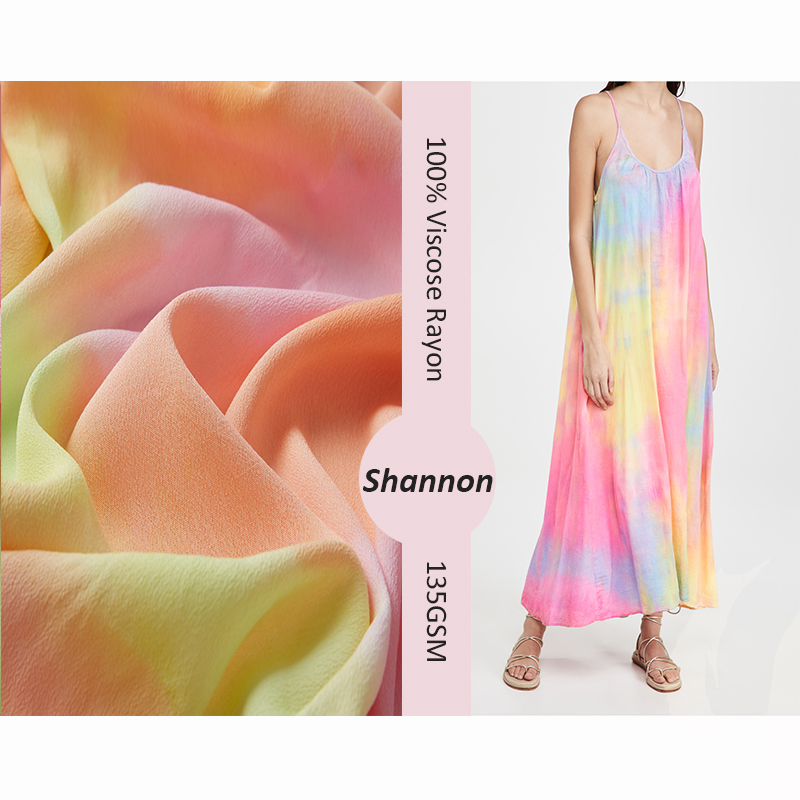The composition and construction of pastoral fabric significantly influence its performance characteristics, including durability, abrasion resistance, and colorfastness. Here's how:
Composition:
The choice of fibers in the fabric composition determines its inherent properties and performance characteristics.
Natural fibers like cotton, linen, and wool are known for their durability and breathability. Cotton, in particular, is valued for its strength and comfort, making it suitable for a wide range of applications.
Synthetic fibers such as polyester, nylon, and acrylic are prized for their excellent abrasion resistance, strength, and colorfastness. They are often blended with natural fibers to enhance performance or achieve specific properties.
Blending different fibers allows manufacturers to leverage the strengths of each material, such as combining the softness of cotton with the strength of polyester for durable and comfortable fabrics.
Construction:
The construction of pastoral fabric refers to the weaving or knitting technique used to create the fabric structure.
Weave patterns, such as plain weave, twill weave, or satin weave, impact the fabric's strength, stability, and texture. Twill weaves, for example, are known for their diagonal rib pattern and superior durability, making them suitable for heavy-duty applications.
Knitted fabrics, such as jersey knit or rib knit, offer stretchability and flexibility, enhancing comfort and mobility. They are often used in activewear, sportswear, and casual apparel.
The density of the fabric, determined by factors like yarn count and thread density, affects its abrasion resistance and durability. Higher thread counts and tighter weaves generally result in stronger, more durable fabrics.
Finishing Treatments:
Finishing treatments applied to pastoral fabric can further enhance its performance characteristics.
Anti-abrasion finishes, such as coatings or laminates, add a protective layer to the fabric surface, increasing its resistance to wear and tear.
Stain-resistant treatments repel liquids and prevent stains from setting into the fabric, improving its longevity and appearance.
UV-resistant finishes protect the fabric from fading and degradation caused by exposure to sunlight, ensuring long-lasting colorfastness and vibrancy.
Colorfastness:
Colorfastness refers to the fabric's ability to retain its color when exposed to various environmental factors, such as washing, sunlight, and abrasion.
The choice of dyes and pigments, as well as the dyeing or printing process used, influences the fabric's colorfastness. Certain dyes, such as vat dyes or reactive dyes, offer better color retention and resistance to fading.
Proper dye fixation techniques and finishing treatments can improve the fabric's colorfastness, ensuring that colors remain vibrant and true over time.


 English
English 中文简体
中文简体














